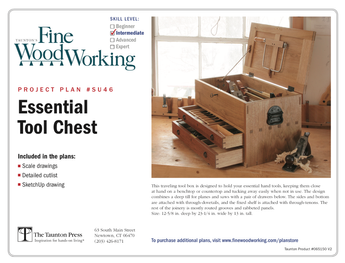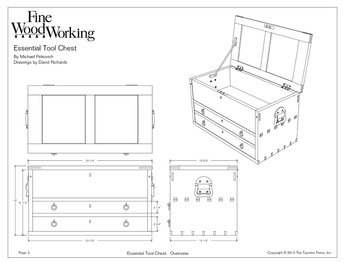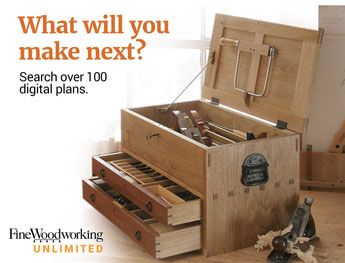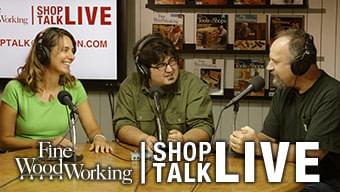Hi,
Do you use stabilizers on your table saw blades? If so do they ever get in the way and do the help a lot. I was trying to say a 3 1/2″ thick piece at a 45 degree angle and it burned the wood and the blade.
It may have been because the blade was flexing.















Replies
If it was flexing, your cut would likely be off. you can check that.
My saw is set up and aligned properly, but if I'm cutting a 45-bevel on thicker pieces, it always burns some. Maybe something is wrong. I never saw it as an issue because I checked afterward, and it's accurate.
Try cleaning your blades. Hopefully, you're using full kerf.
Those are my only thoughts.
I am curious too now
It was a long piece. Initially it went ok but about half way through it bound and burned so badly the board started curve.
If the blade stabilizer discs are much larger than your arbor washers they will reduce the cutting capacity. Cutting capacity with discs installed is limited to having to bury thembelow thetable surface.
Thanks, that is what has been bothering me. Particularly when cutting something at a 45 degree angle.
The burning usualy comes from the blade and guide not being perfectly parralel, the burn marks are created by the back side of the blade rubing one side of the kerf. Some saws apparently loose that ajustement when tilted . Could also be the Wood bending as internal stresses are re-distributed but then the piece comes out bowed.
It sounds like your table top is not parallel to the blade. This out of alignment only shows up when the blade is tilted. Try checking this out: https://www.finewoodworking.com/videoworkshop/2018/07/machine-setup-matt-wajda-ellen-kaspern
It is very unlikely that a blade stabiliser will help this as the cause is either the wood moving when cut or the blade and fence being out of alignment.
Note that your table can be perfectly aligned and your fence can be off either due to misalignment of the rails, or of the fence mechanism itself.
Check by placing a long rule against the blad (avoid any teeth) and bring the fence to touch. If you can see a gap at the other end of the rule (and your rule is good...) then you need to adjust the fence. No need for dial indicators - mark 1 mod 0 eyeball will detect any relevant discrepancy easily.
To answer the first question, I have a stabilizer, but very rarely use it. I've just never found wobble to be an issue.
Question (and forgive me if the question is moot) - Are you using a riving knife? it may have been tension in the wood being released by the cut, leading to the wood "curving" or warping, rather than the heat of the blade causing the wood to warp/bind. A riving knife can help (but not always eliminate) this.
I also agree with making sure the table/blade/slot is perfectly aligned with the fence.
While making a jewelry box a while back, I was cutting groves in some thin hard maple for dividers. The resulting cut was not clean at all. Watching carefully what was happening with magnifying safety glasses, I could see the blade vibrating as it cut through the maple. The blade is a Forrest Woodworker II on a SawStop professional saw.
So I bought a Forrest blade stabilizer. Problem solved. This situation is the only time I use the stabilizer; cutting through thicker material doesn't seem to be a problem. I think this is as much as you can ask of a blade stabilizer, to dampen vibration, and yes, it does reduce cutting capacity.
My two cents.